Written by Sophie Kalkowski-Pope

Mask sealed? Check Dry suit sealed? Check. Alright, ready to enter the water, the supervisor confirms.
The surface tender team helps takes the weight of my twin tanks, as a slide forward into the ice hole.
The bitter cold of the 3-degree water meets my face, the only part of my body exposed to the elements. The rest of my body is comfortable and warm, thanks to my snug drysuit. I do my final in water checks, careful not to bring my regulator back above the water to prevent it freezing. Getting the OK from the team, I decent into the inky black water with my buddy, my tender line trailing behind me, and am met with an otherworldly landscape.
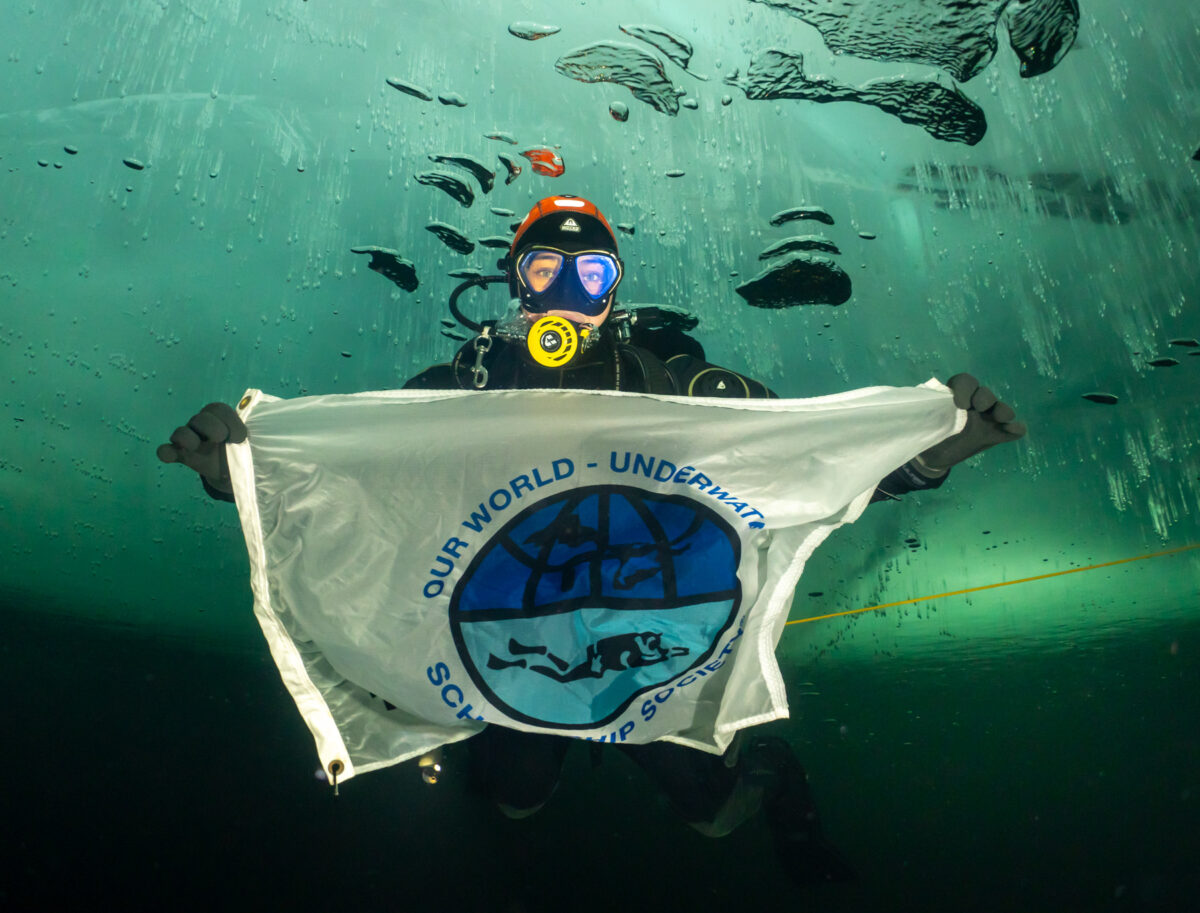
Pale turquoise green light filters down through the ice above us. Beneath us waits the inky blackness. The ice itself is clear – crystalline, with teardrop bubbles of air suspended in the frozen matrix. But perhaps one of the most beautiful aspects is our air bubbles. Trapped against the ice above us, they flow like a molten mirror across the ice surface, reflecting the light around them.
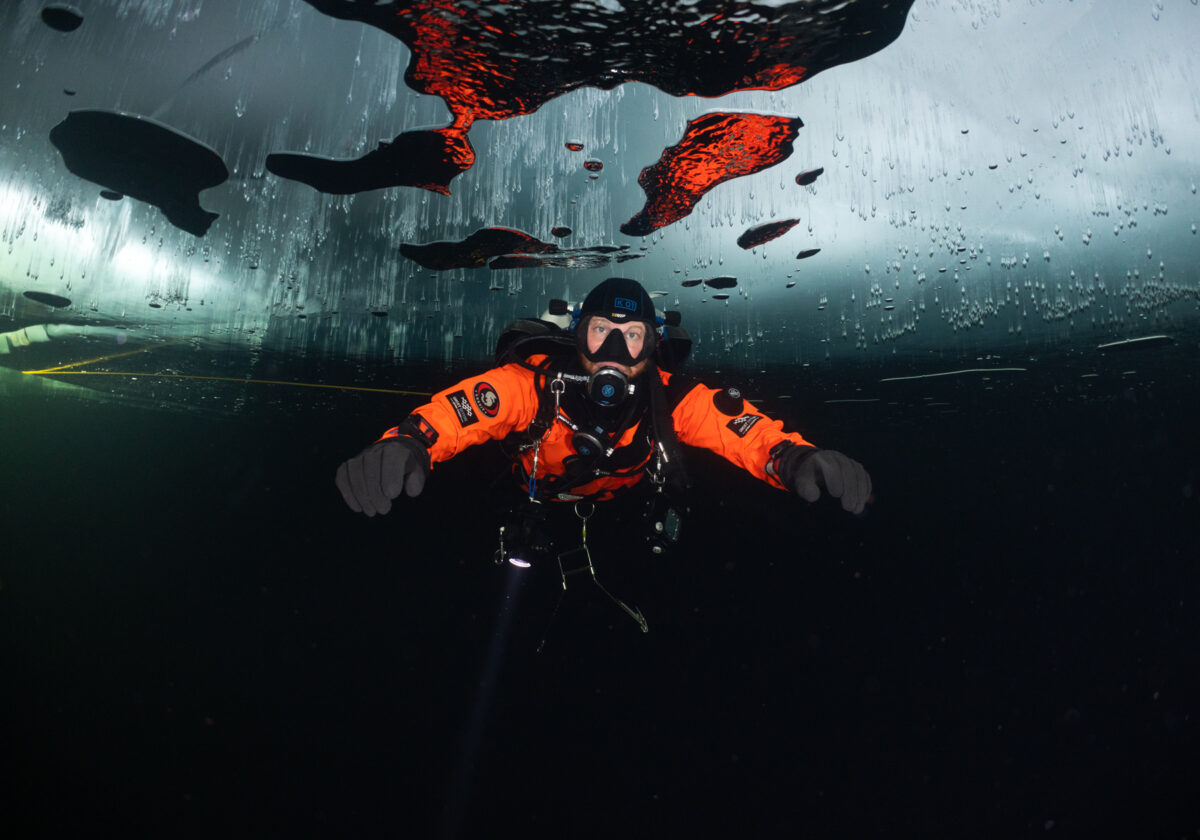
My next scholarship experience brought me all the way to the arctic circle, as I travelled to Finland to partake in the Polar Scientific Diving Course in Finland. Run by Edd Stockdale and the Finnish Scientific Diving Academy, my coldwater training finally paid off, and I had the opportunity to push my boundaries to the next level, experiencing diving under the ice!

Growing up in the tropics, I had limited temperate diving experience from summers spent in Tasmania. So, developing my skillset in cold water was a key goal of my scholarship year. the course gave me an opportunity to test both my technical, physical, and mental limits in an extreme environment. This was my first time diving in 2 degree waters!
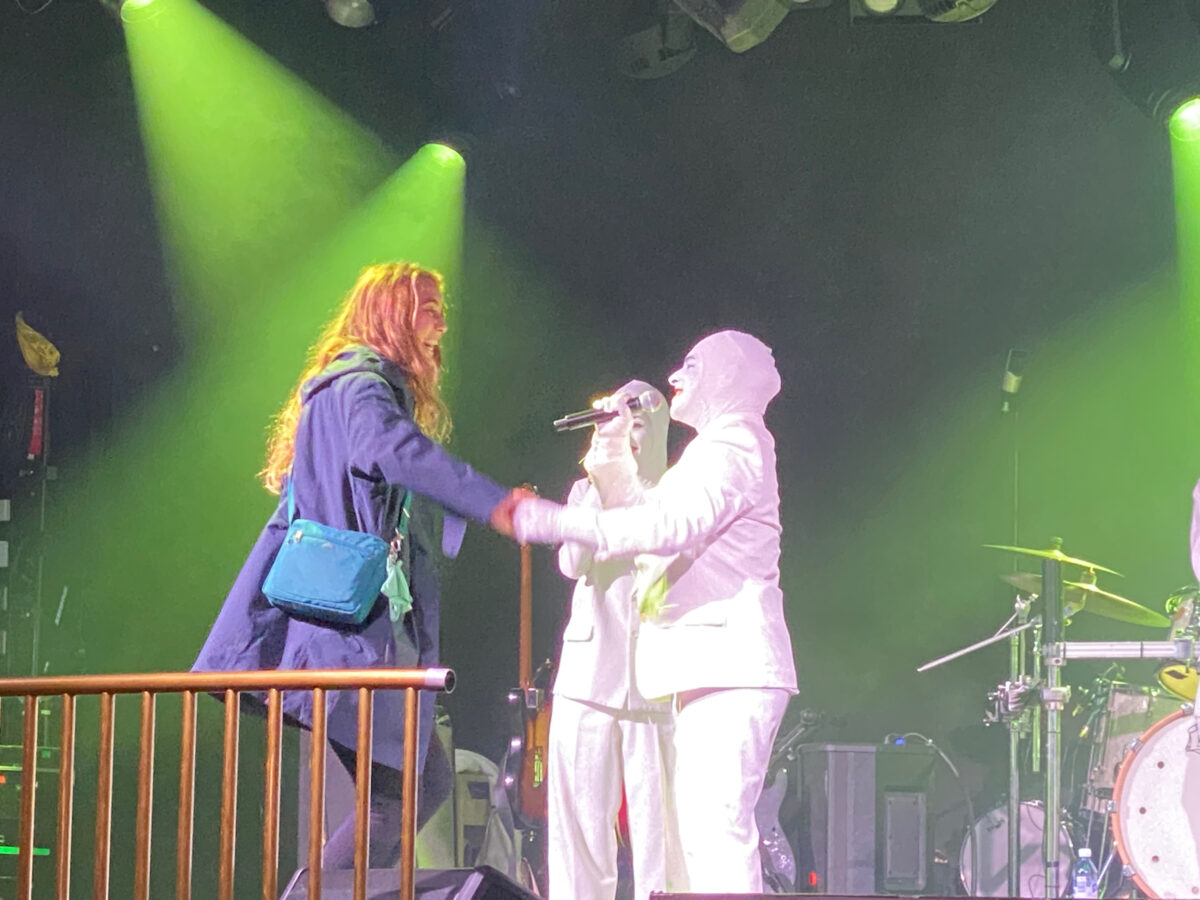

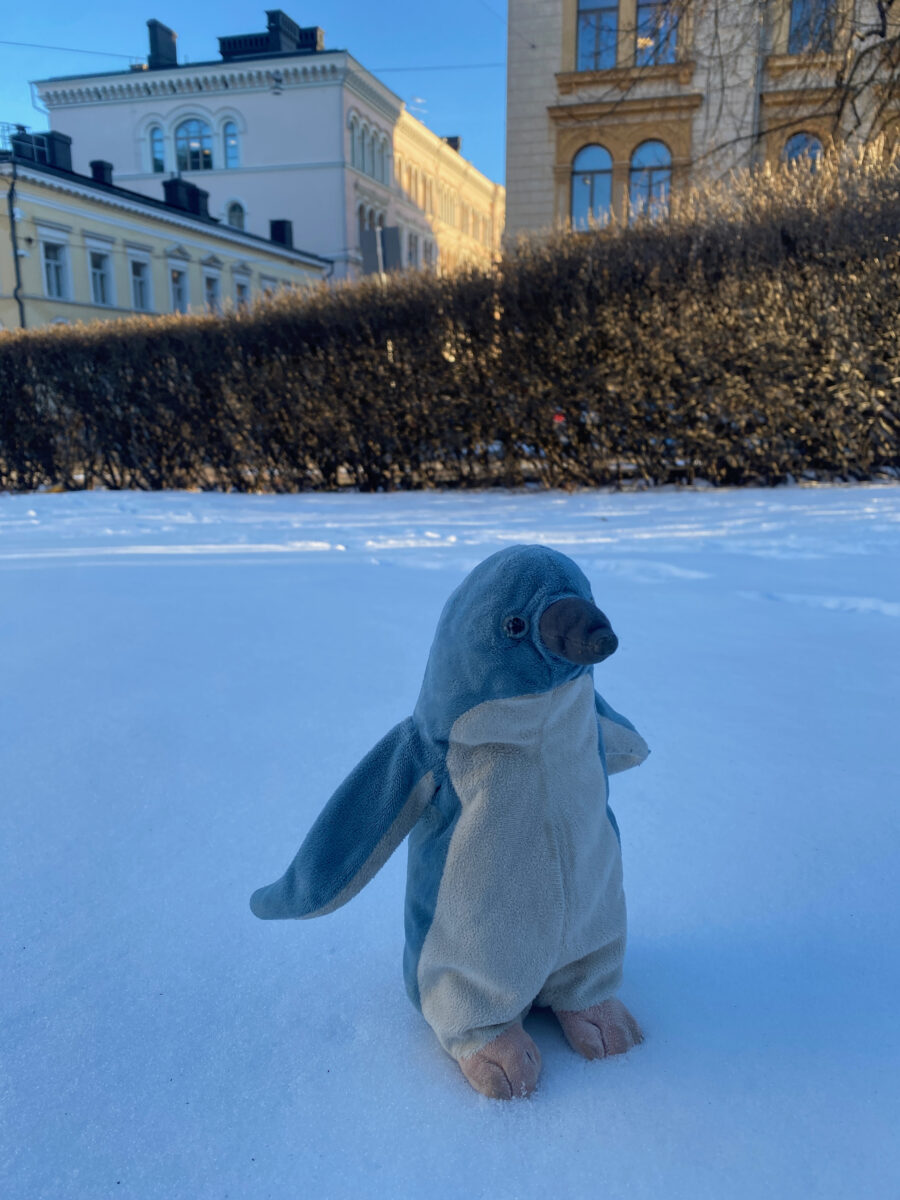
The Polar Scientific Diving Course is the first of its kind run globally, designed to give students the skills to not just safely run an occupational diving operation in a polar environment, but to conduct research in this environment too!
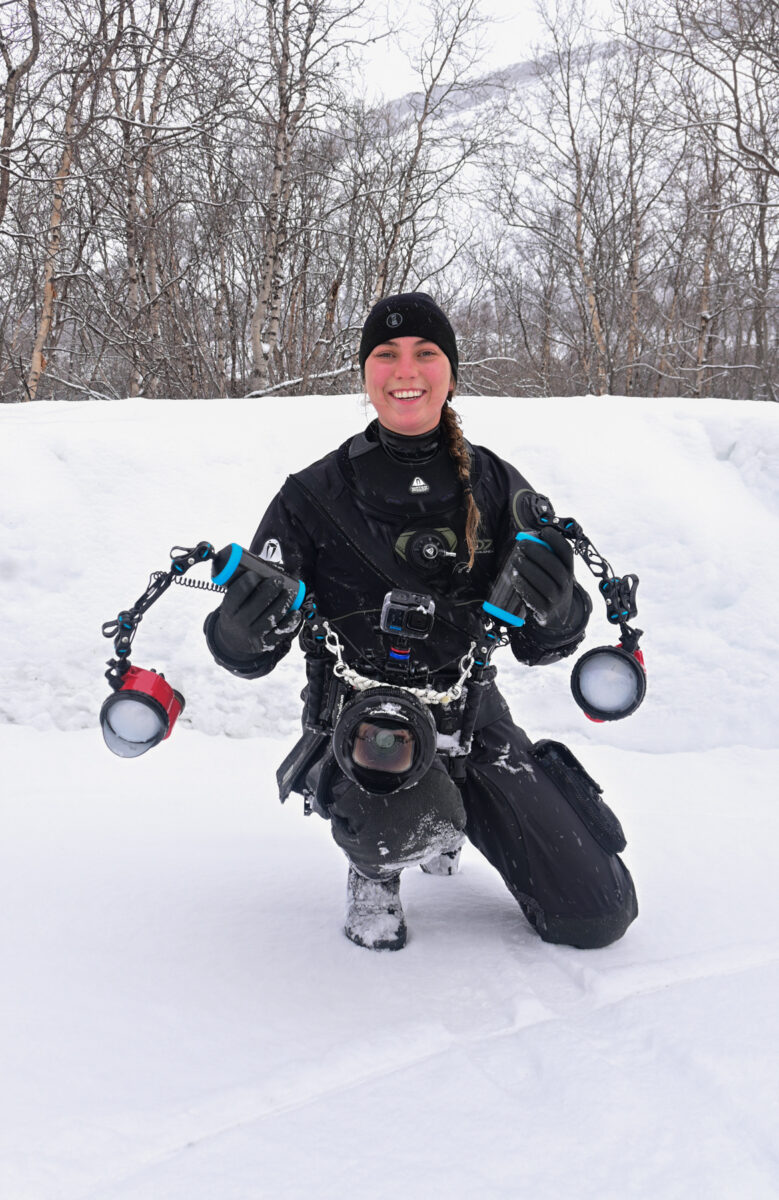
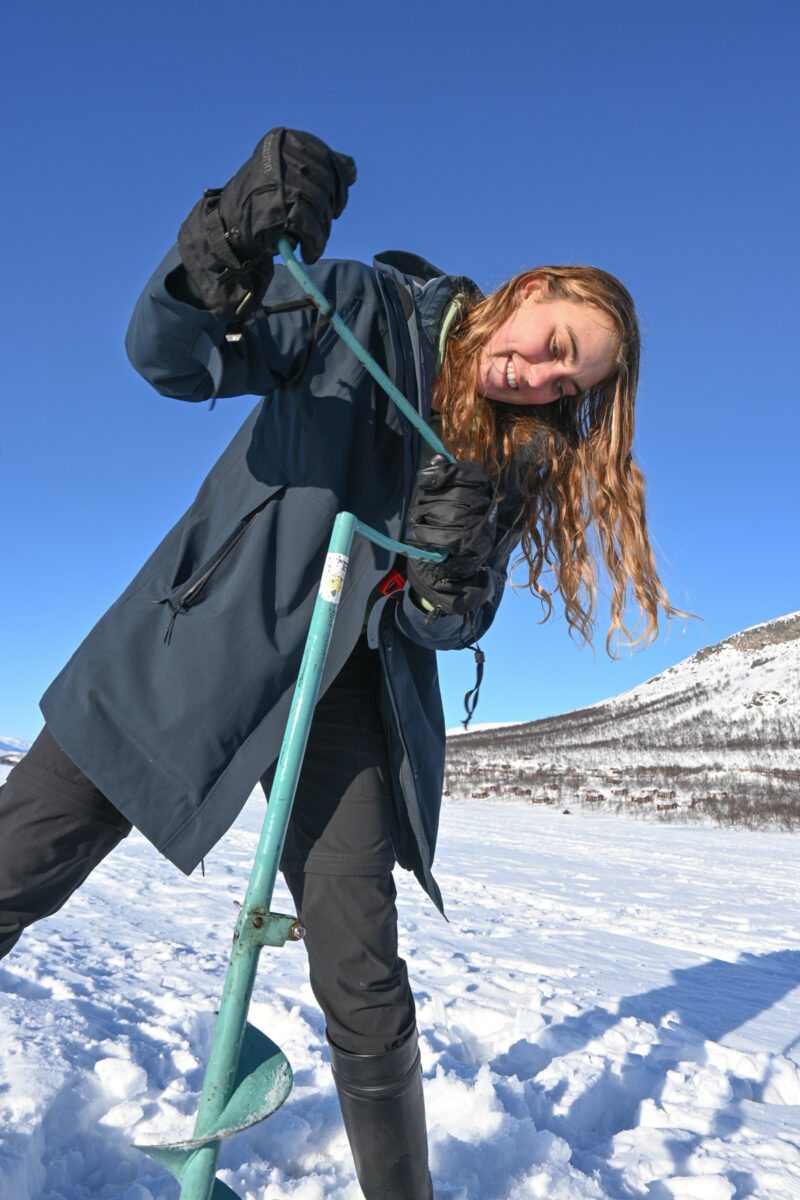
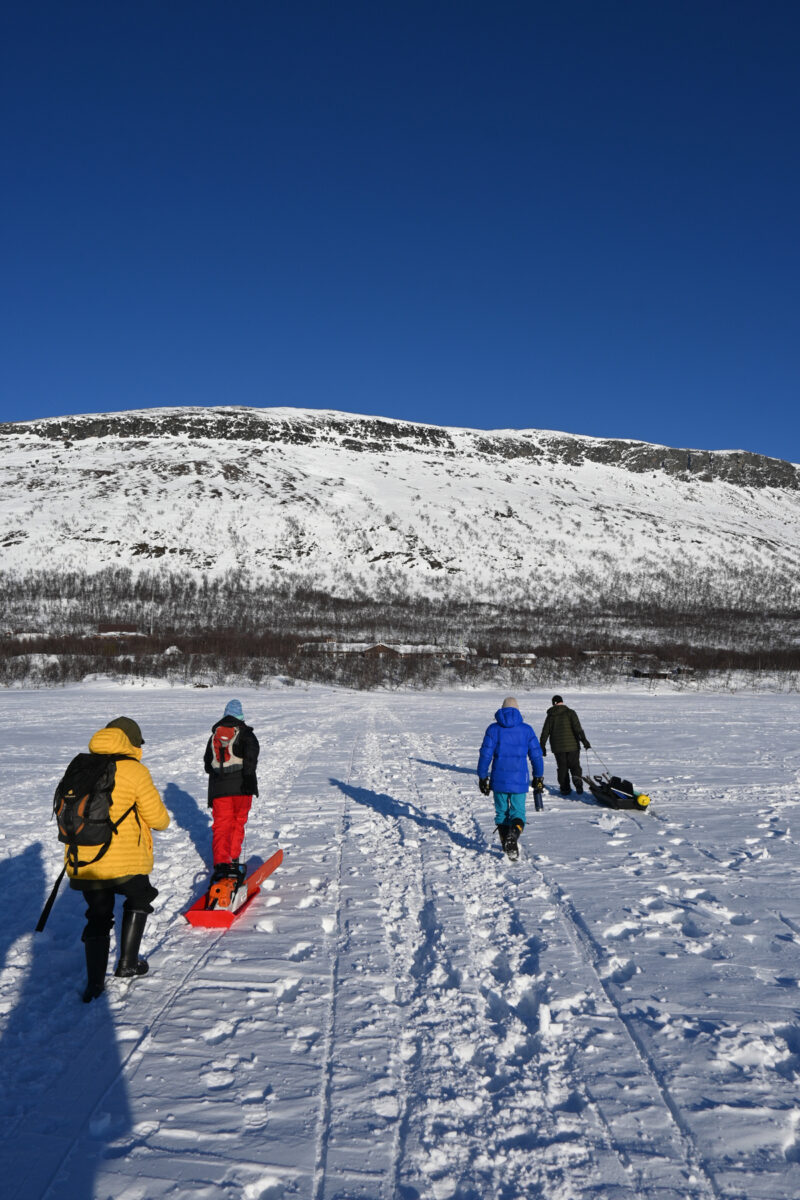
Diving on a freshwater lake in Kilpisjarvi, the course covered everything from ice hole management, snowmobile handling, surface tendering, and sampling methodologies under the ice. Situations like managing a dive team in conditions of -20 windchill, dealing with free-flowing regulators, and our drysuits freezing post dive, gave a unique insight into the practical challenges of working in a polar region.
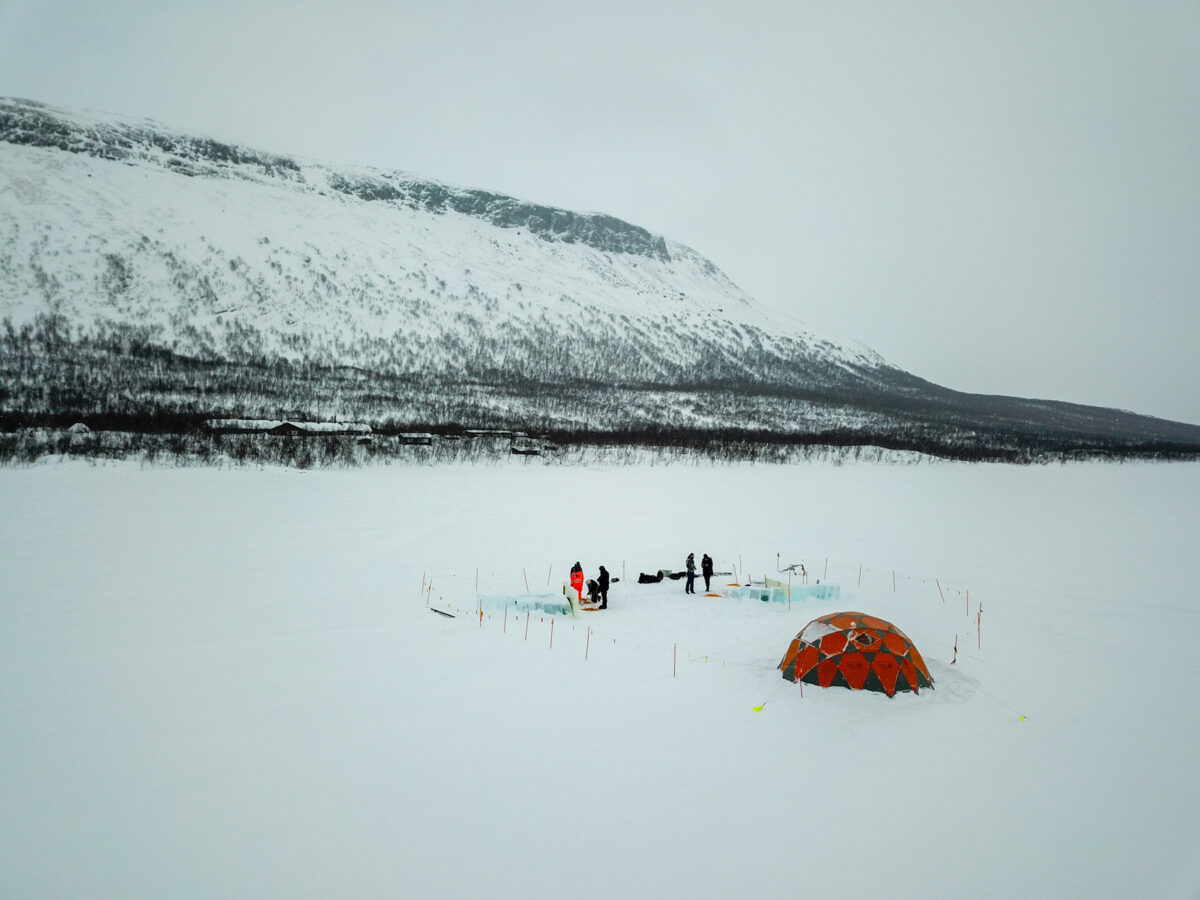
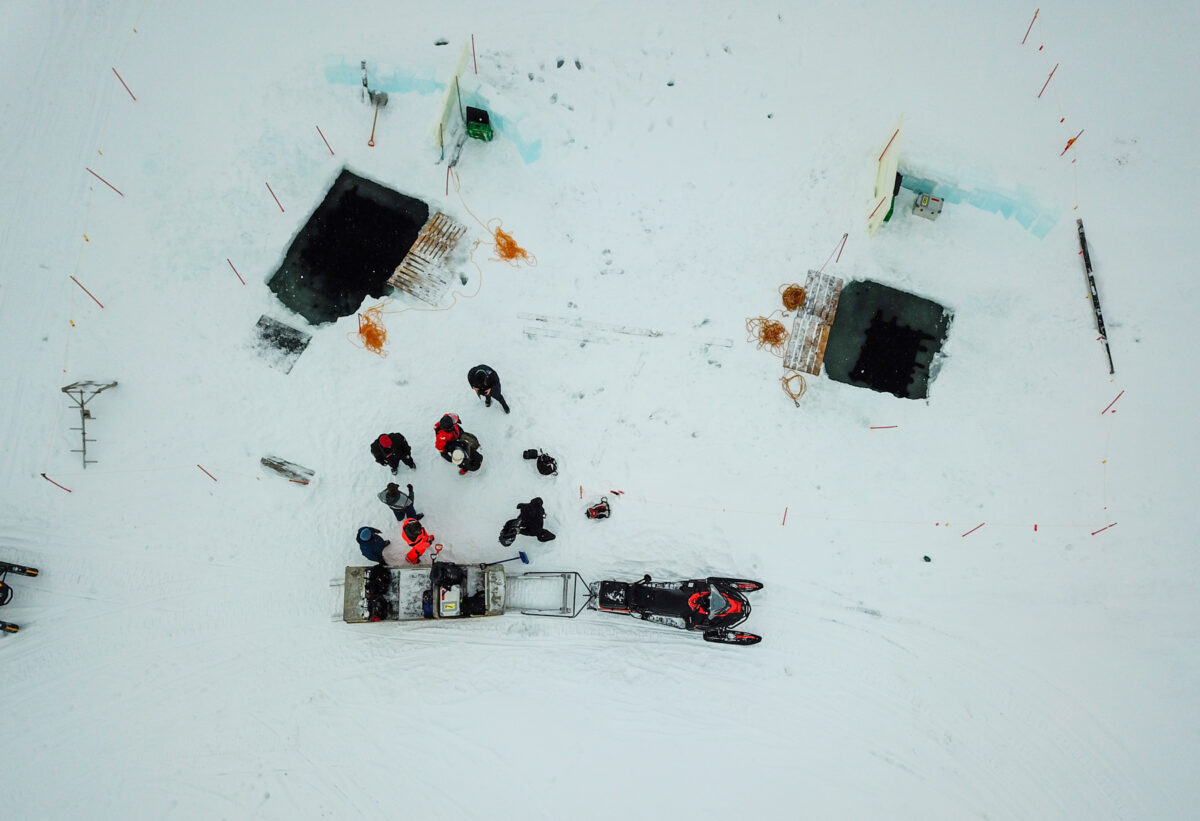
Prior to the course, I spend a few days with Edd helping pack and prepare equipment for the course. We stayed at Tvarminne Zoological Station, and it was interesting to get to experience a temperate research institution in another country. We then began the commute up to driving through the snow, even loading the vehicles onto a night train, which was a first for me! While the locals were all very nonchalant when we arrived in Kilpisjärvi Biological Station in the very north of Finland, the Australian (me) was excitedly running around in the snow!
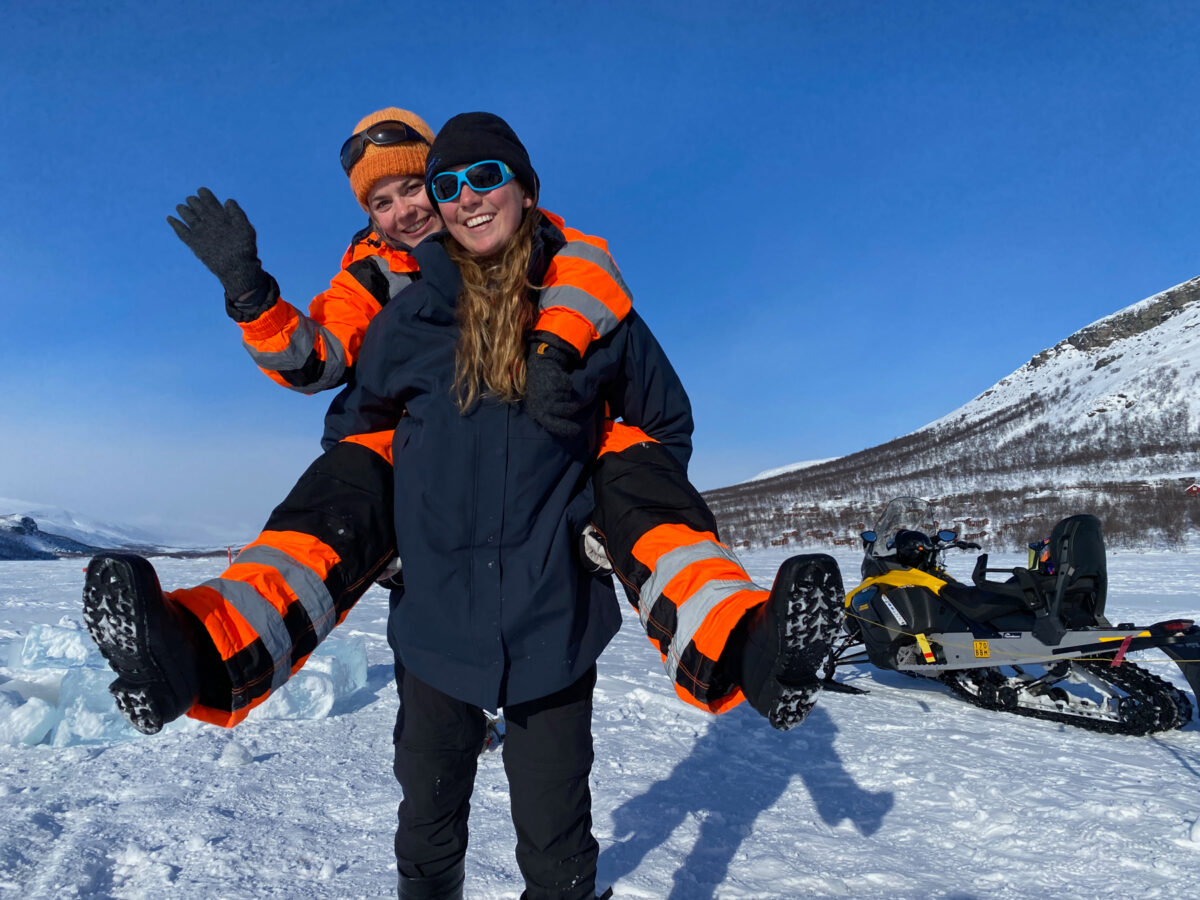
I was so excited to be joined by my fellow European Scholar, Lucy Penny, for this course. It was so special to be able to share one of our scholarship experiences together this year.
With a cohort of around 10 students, the course began with occupational diving theory and lectures. An important aspect was the Human Factors in diving course that was mandatory – emphasising the important of effective communication as central to diving safety.
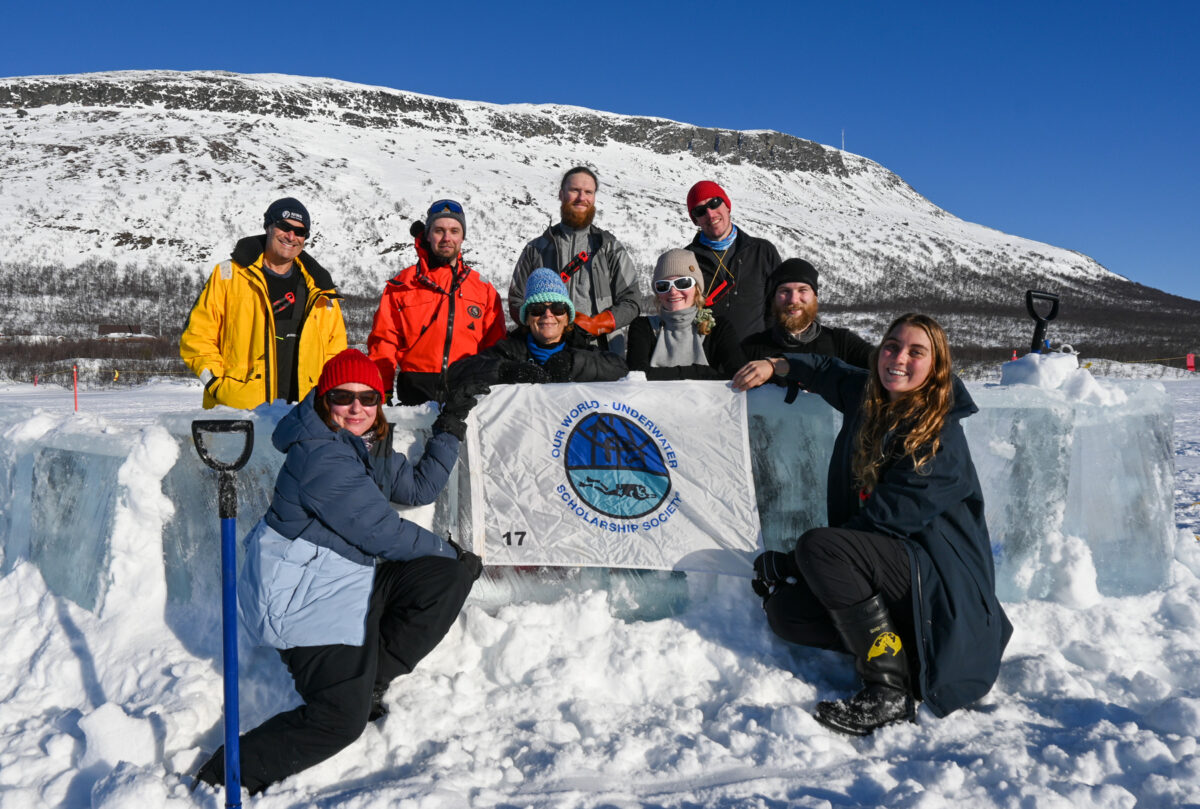
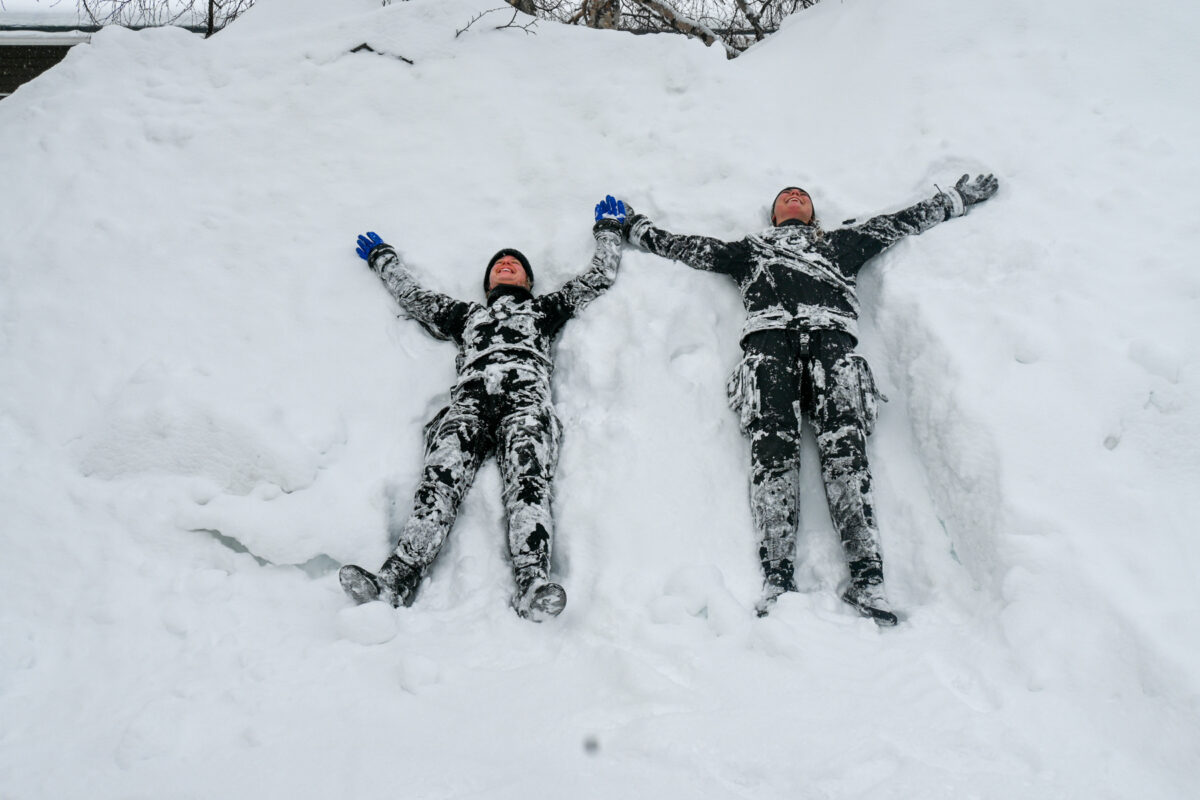
Our lectures featuring talks from Pata Degerman, a polar explore and survival expert, as he explained the practical factors of expeditions and surface survival. Rod Budd on gave a talk occupational diving and physiology, reflecting his experience as director of NIWA Antarctic diving programme. We had many more great speakers throughout the programme.
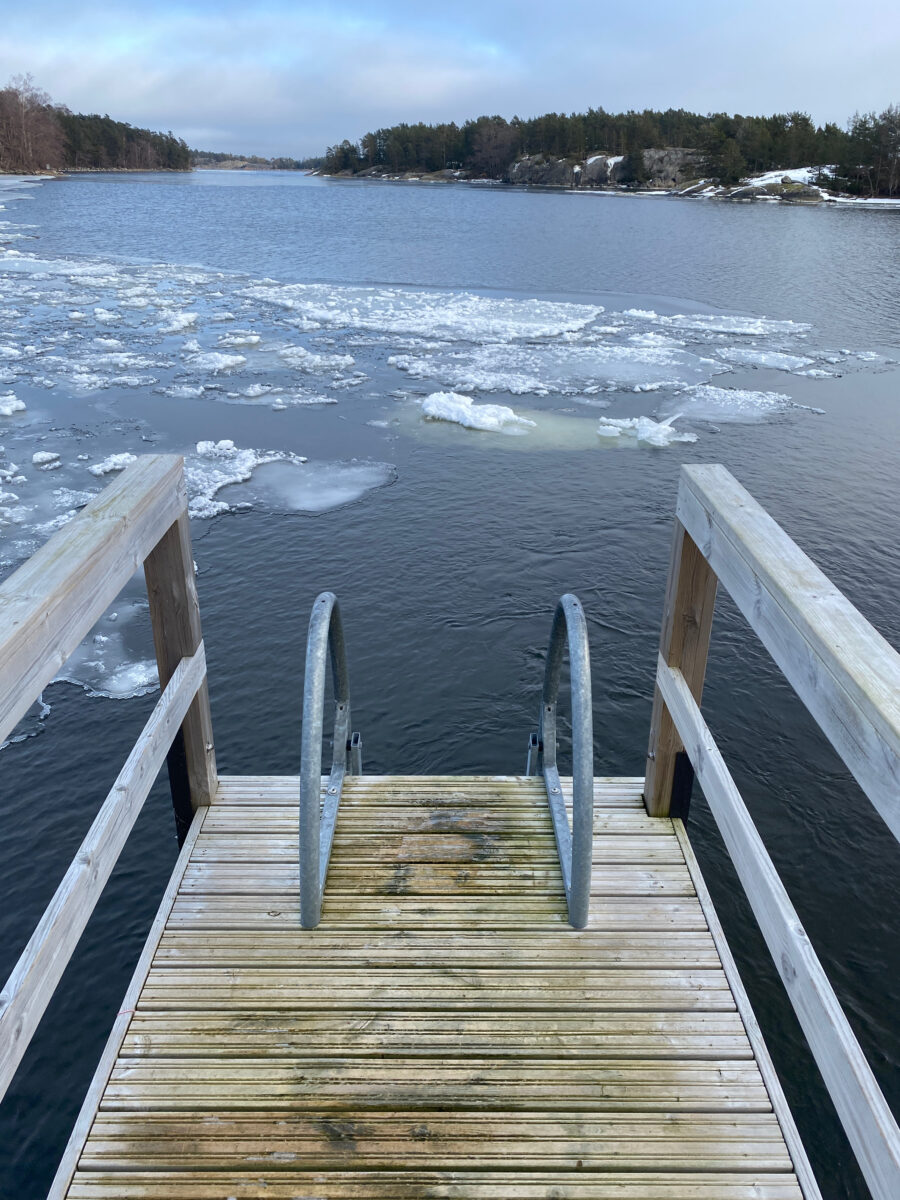

Then began our practical training… A highlight of the course was definitely learning how to drive snowmobiles. These vehicles were central for carting gear down to our dive site each day. After a trip up to the mountains to test out our skills, we’re feeling like professionals in no time.
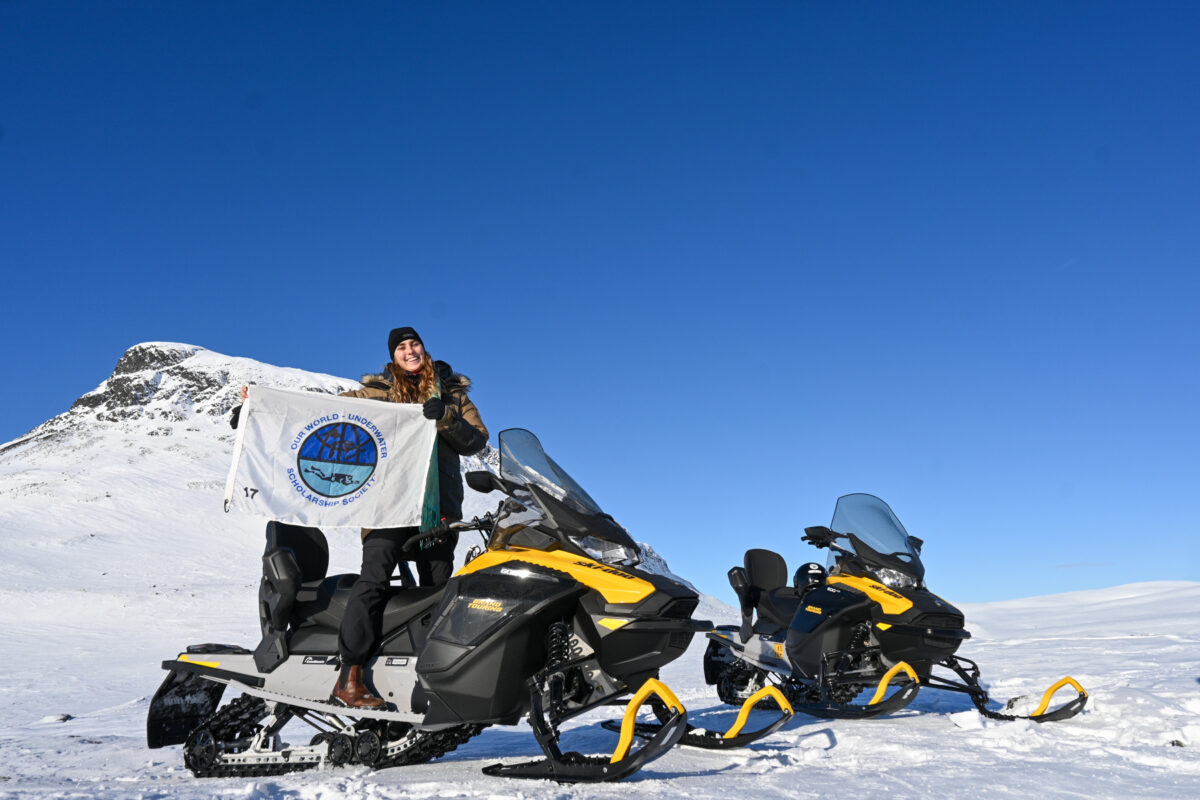
Then came ice hole site establishment. I don’t think I have ever seen a bigger chain saw in my life! The ice was around 80cm thick, and we used the chainsaw to cut it into manageable blocks, which we then hauled from the ice hole using ice screws and rope. These blocks were then used to create a shelter from the wind for our safety diver who would be on watch.
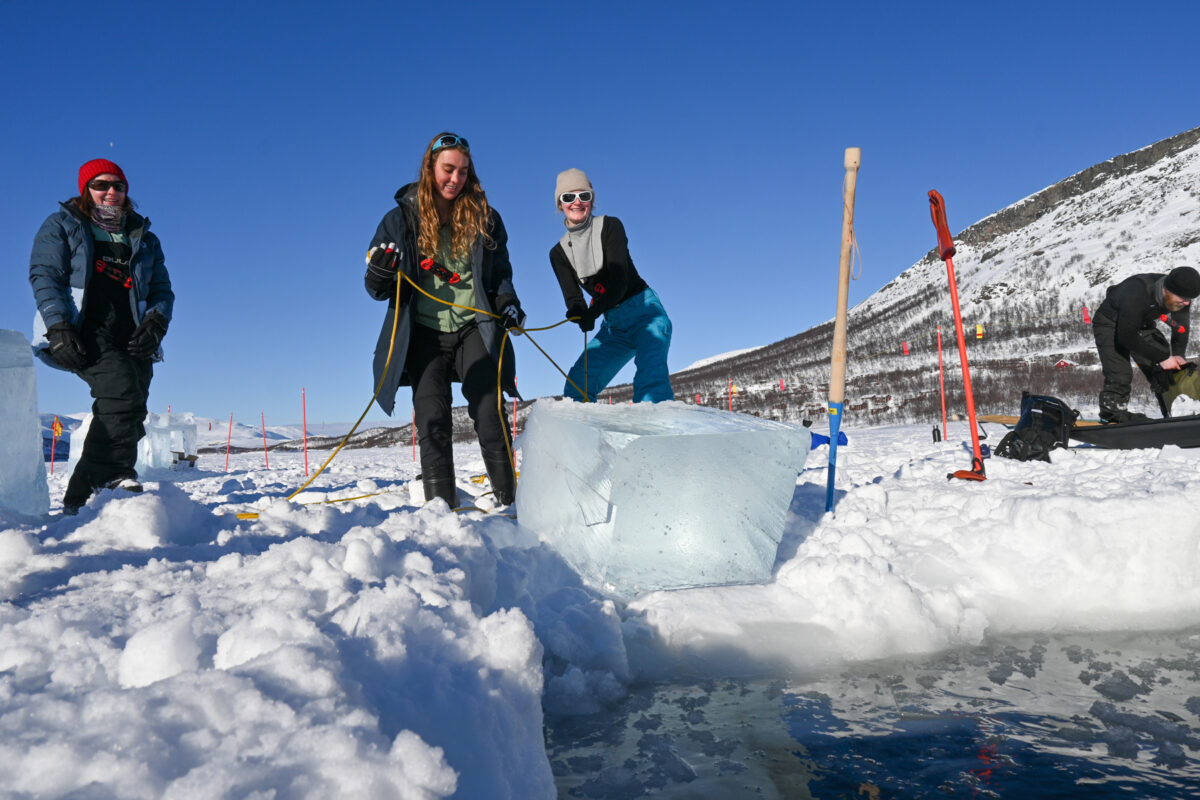
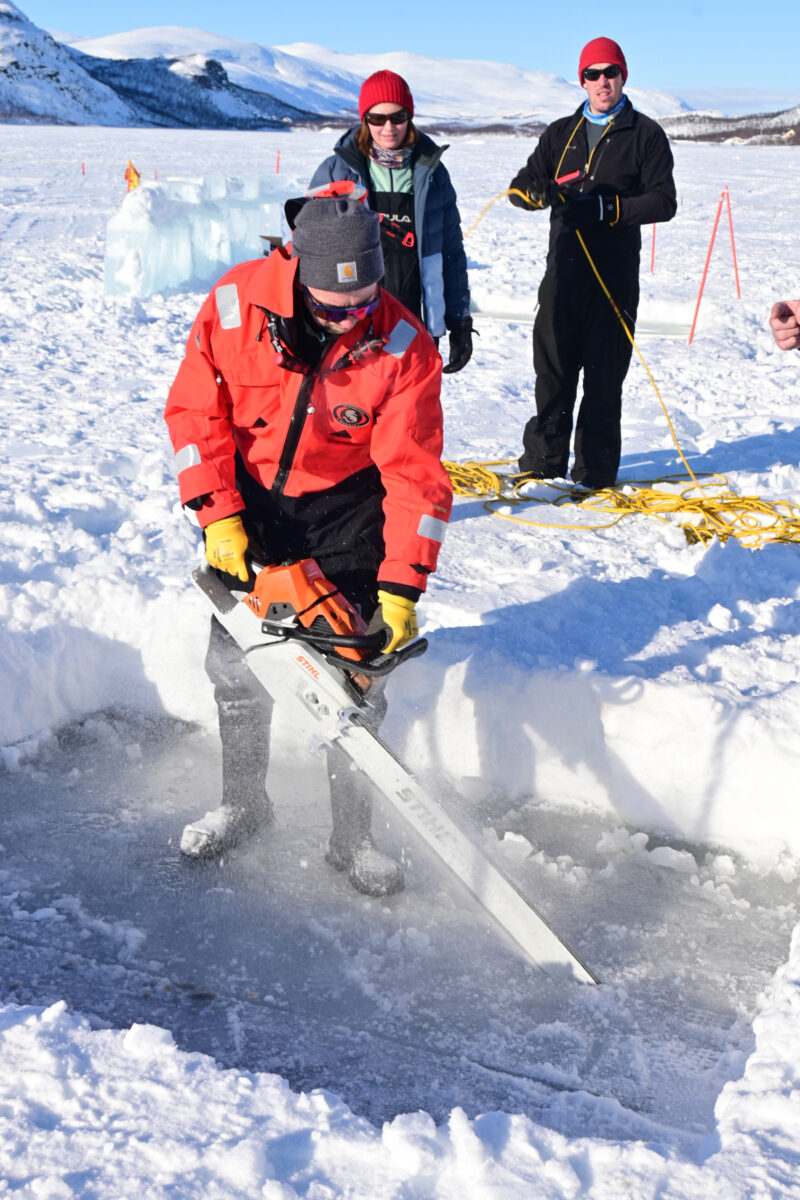
An integral part of the course was surface tendering and communication strategies via line signals. Drills with our twin tanks, and how to set them up to avoid surface freezing was also other important skillset we learnt.
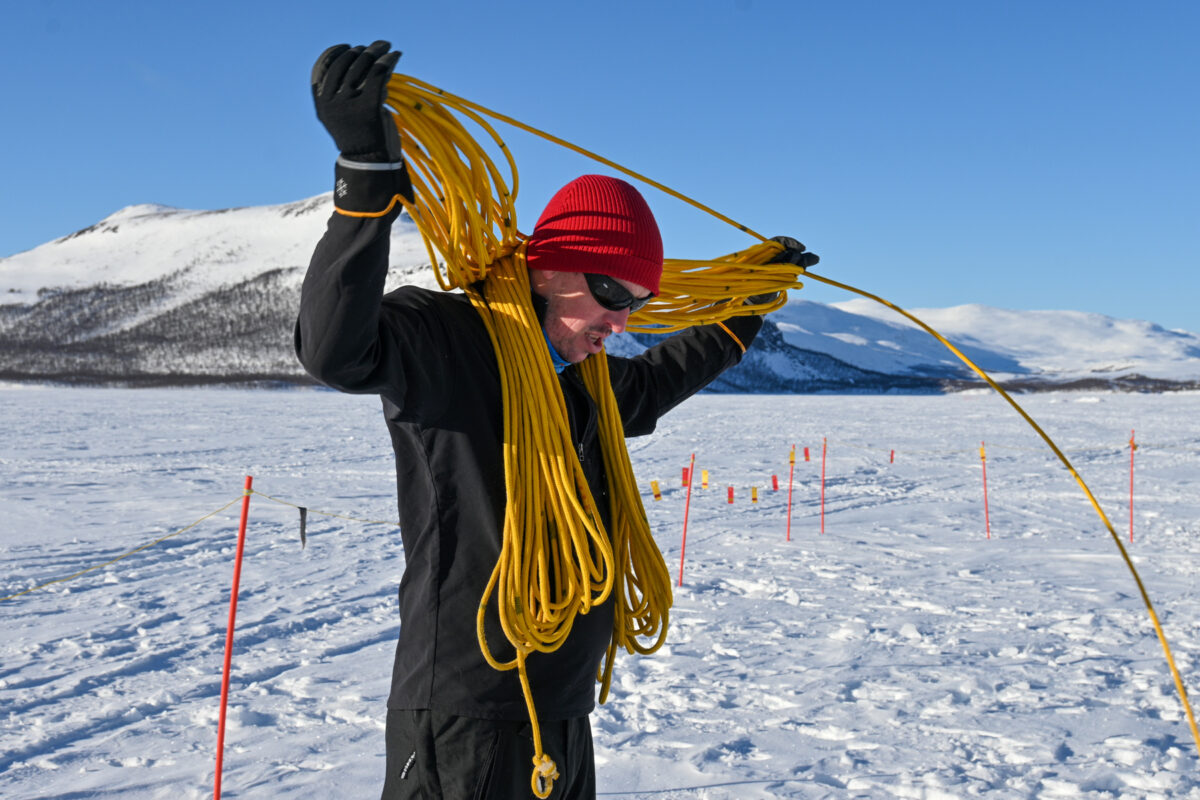
The diving itself was surreal, with crystalline ice creating a turquoise glow above us. It was also unusually challenging, because of the inky depths without any point of reference, it was more difficult that usual to maintain your buoyancy. This was a real lesson.

These conditions provided the opportunity to test my diving gear to its limits. A huge thank you thank you to Waterproof for my DX7 Drysuit, and to Fourth Element for my undergarments! These kept me warm, dry and comfortable in these polar conditions!
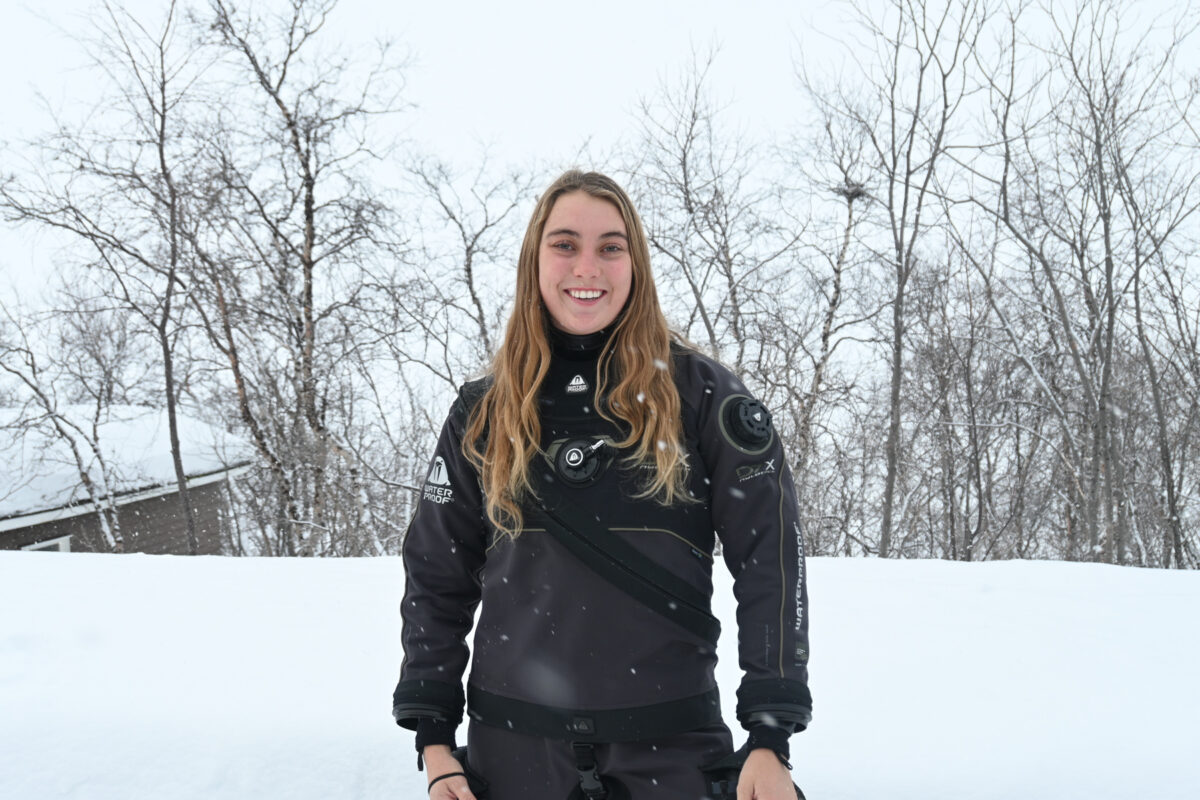
Of course, the program was about scientific diving! So, we were also trained in various sampling methodologies under the ice, such as sediment coring, low visibility transects, and ice screw coring.
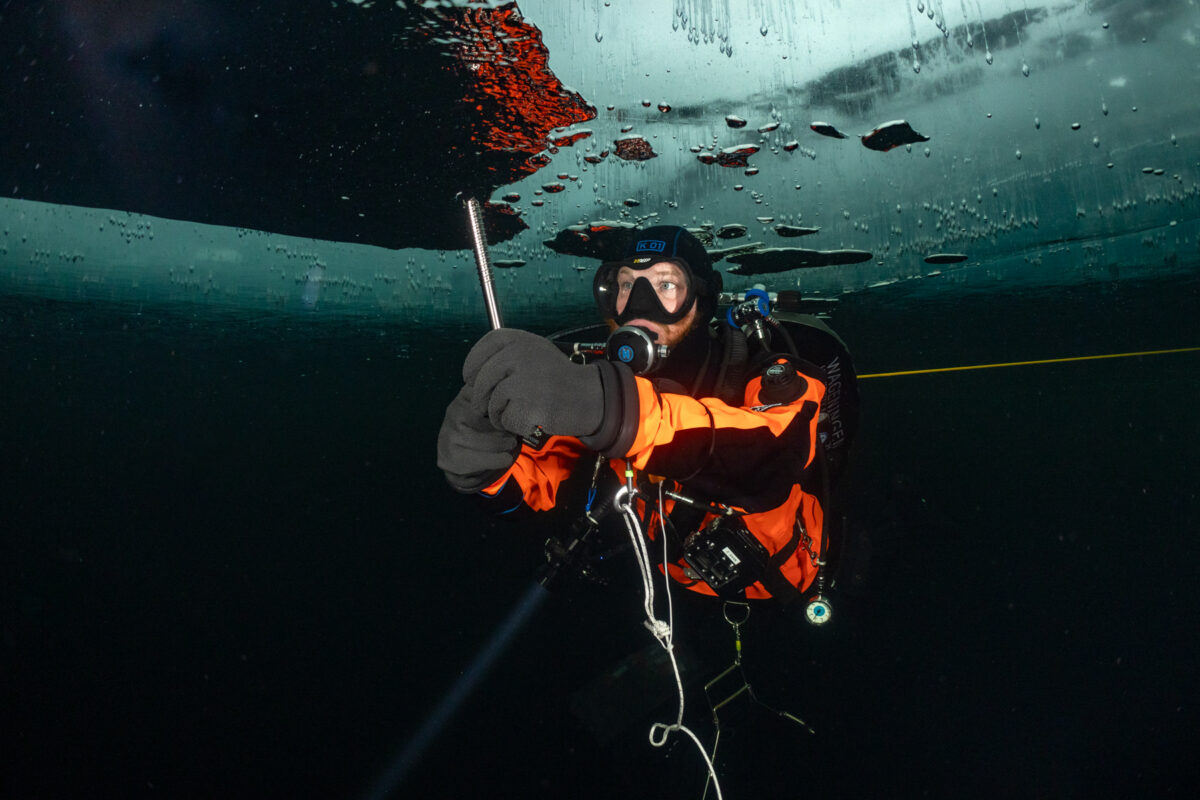
Based in the arctic circle, we were even treated to the viewing the northern lights during a few evenings of the course. This was a real treat. There was also significant media attention while we were on the course, so this was another interesting learning experience for me.
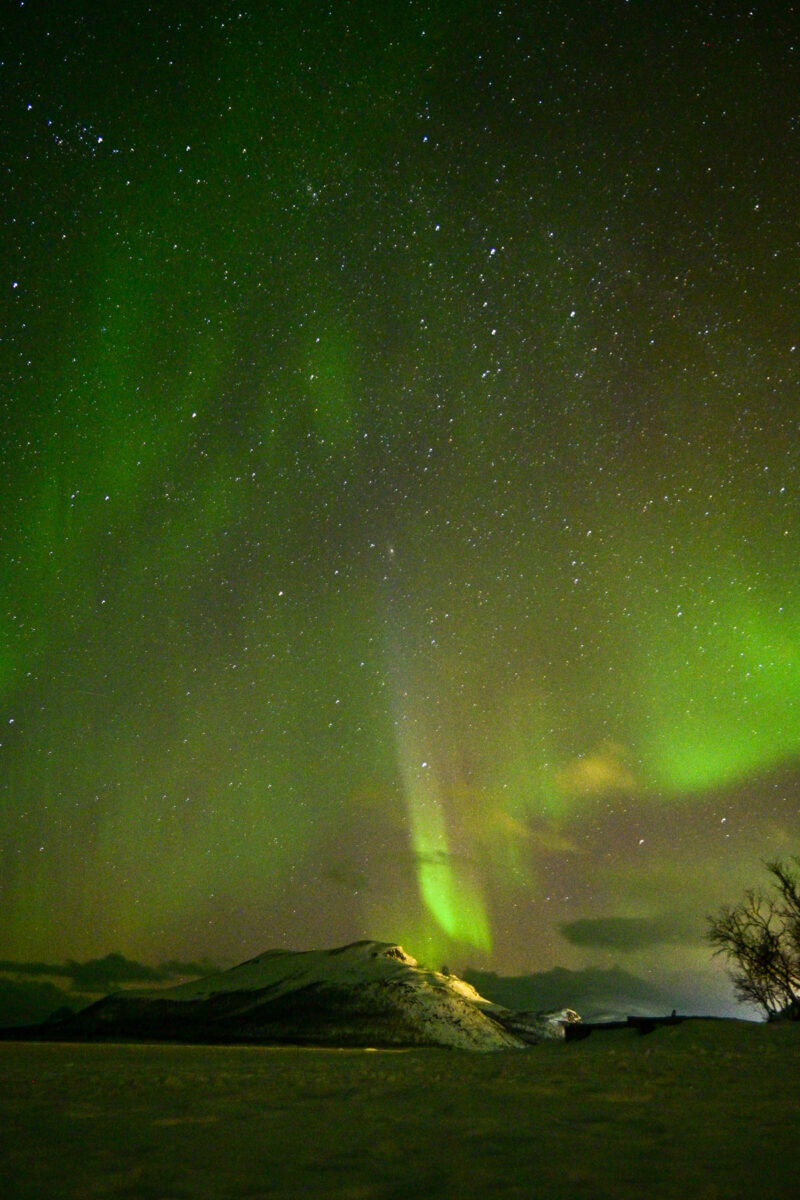

Overall, I learnt so much on this course, and was able to forge connections with a huge variety of capable divers from all around the world. The poles are one of the most fragile regions under pressure from climate change, and I came away feeling well equipped for future work in these areas. This was truly one of the most unique experiences of my scholarship year. After all – it’s not every day you get to snowmobile down to your dive site!
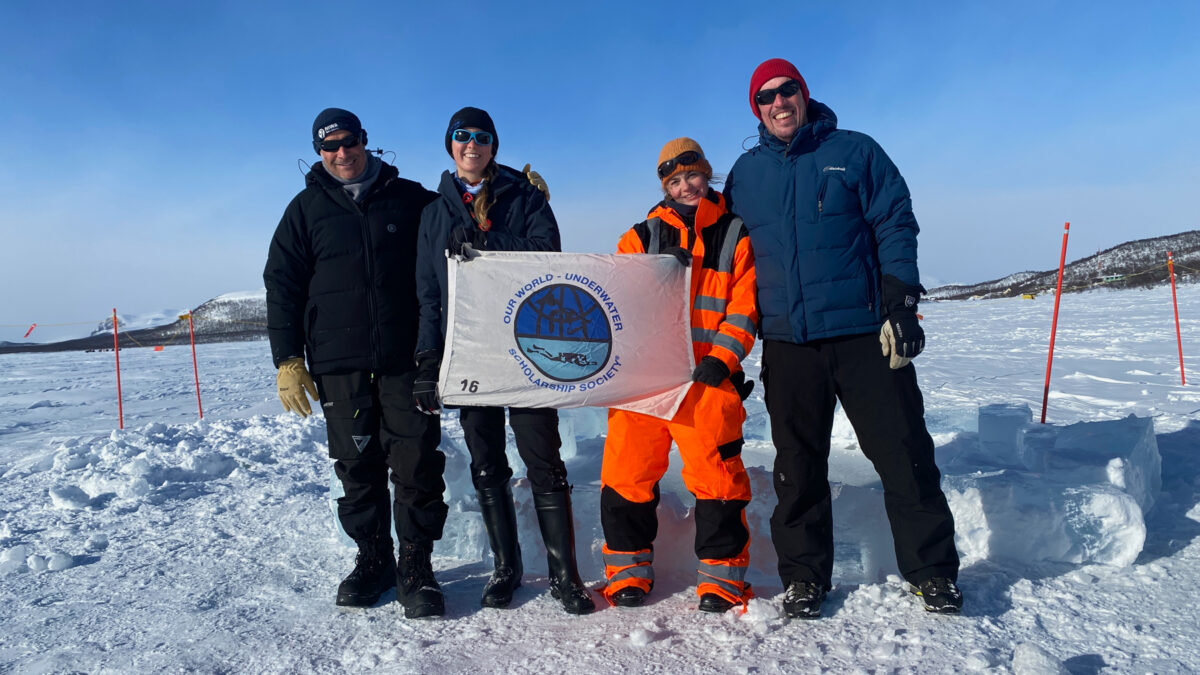
A huge than you to Edd Stockdale and the FSDA for your support during this program.
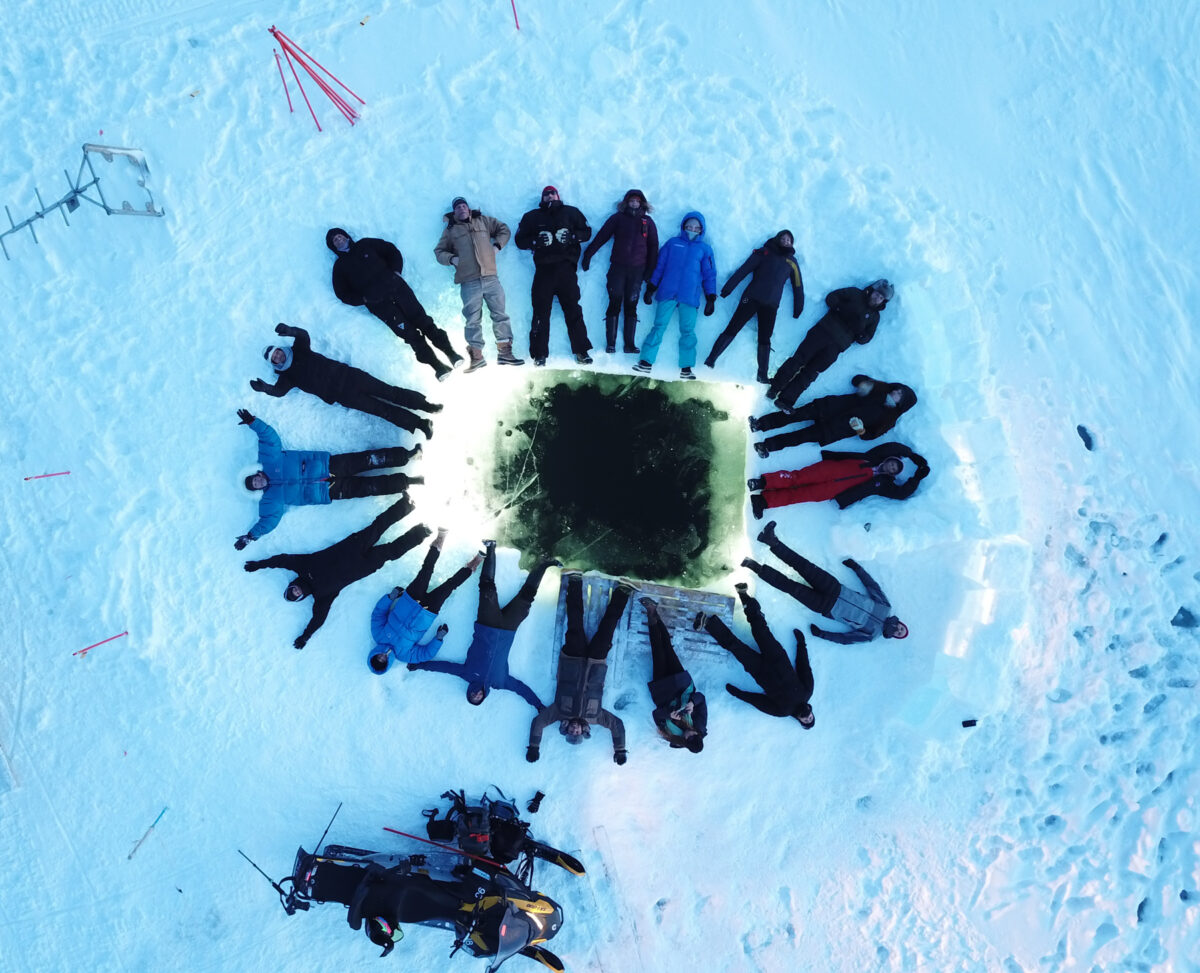
I am so grateful to OWUSS for making opportunities I would not have dreamed of before and broadening my horizons to a global scale. A special thank you to the countless volunteers behind OWUSS, and the sponsors that make this scholarship possible at ROLEX. I would also like to thank my equipment sponsors at TUSA, Waterproof International, Reef Photo & Video, Mako Eyewear, Penetrator Fins, my camera gear sponsors at Reef Photo & Video, Nauticam, and long time scholarship supporters DAN, and PADI.
To follow along on my adventures, I highly recommend you follow me on social media!
My Instagram @sophie_dives is where I post most regularly.
You can also contact me on LinkedIn, Twitter, Tiktok, and the Australasian Scholar Facebook Page.
You can also subscribe to this blog here!